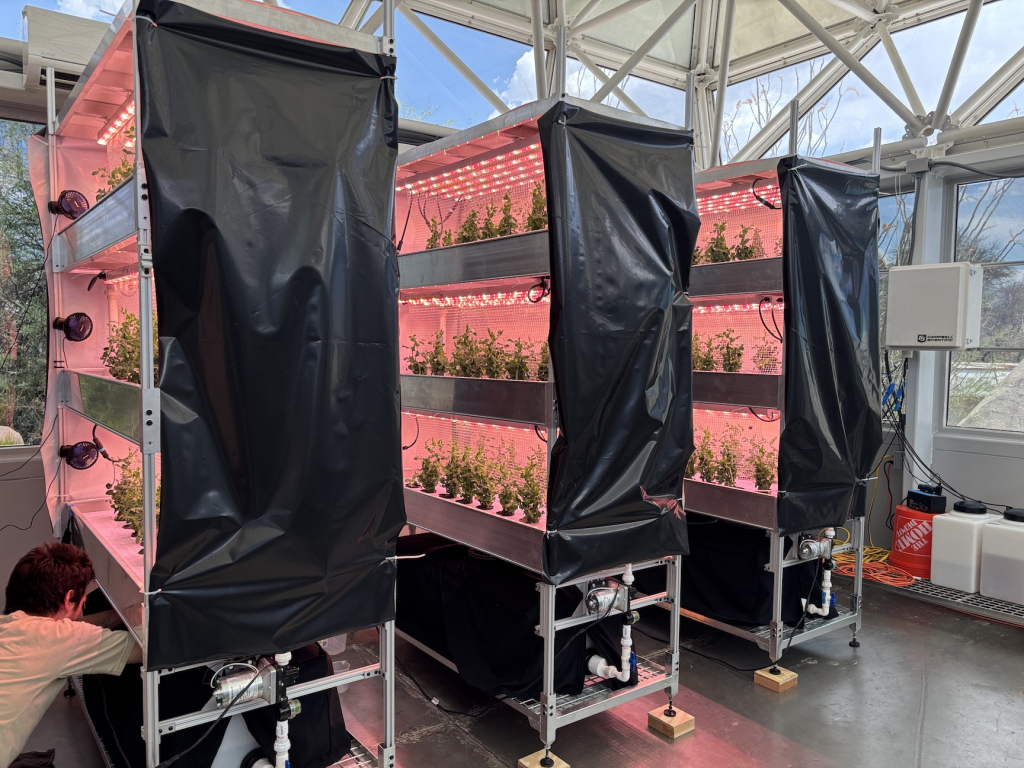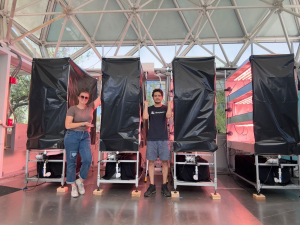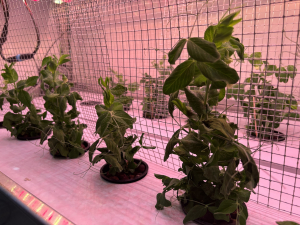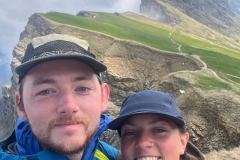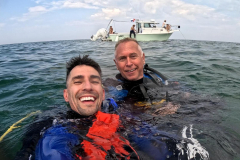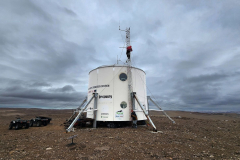Bioregeneration at SAM: Experiment #4
EXPERIMENT #4
Seeds prepping – September 2th
Seeds sowing – September 3th
Seedlings Transplant – September 22nd
CO2 injection and Experiment Start – September 23rd
Matthias Ingress – October 13th
Plants harvest and kill – October 20th
WBA Ends – October 26th
TM cleaning and prep – October 27th to October 30th
This experiment coincides with the World’s Biggest Analog (WBA) and introduced a human in-the-loop.


